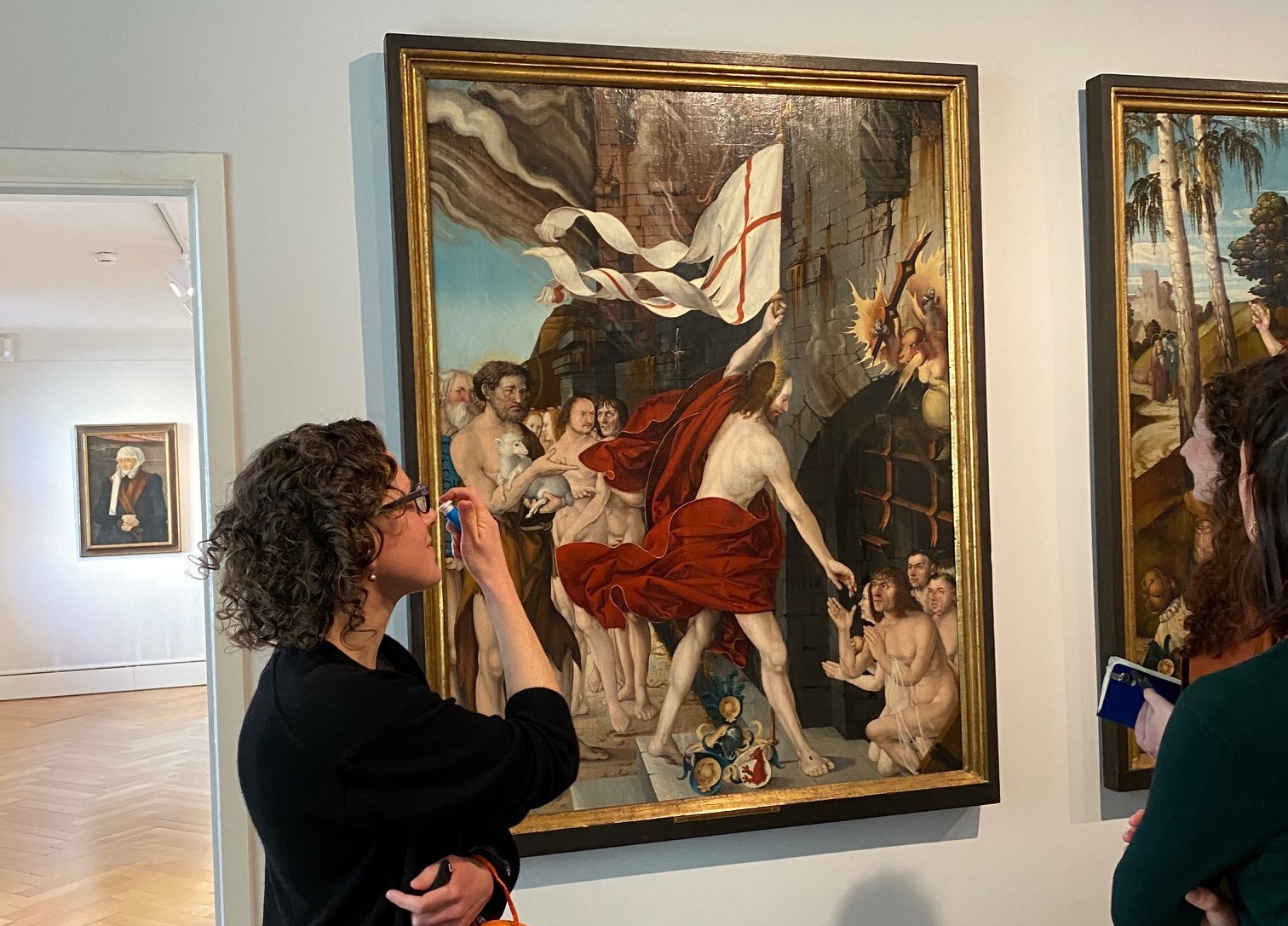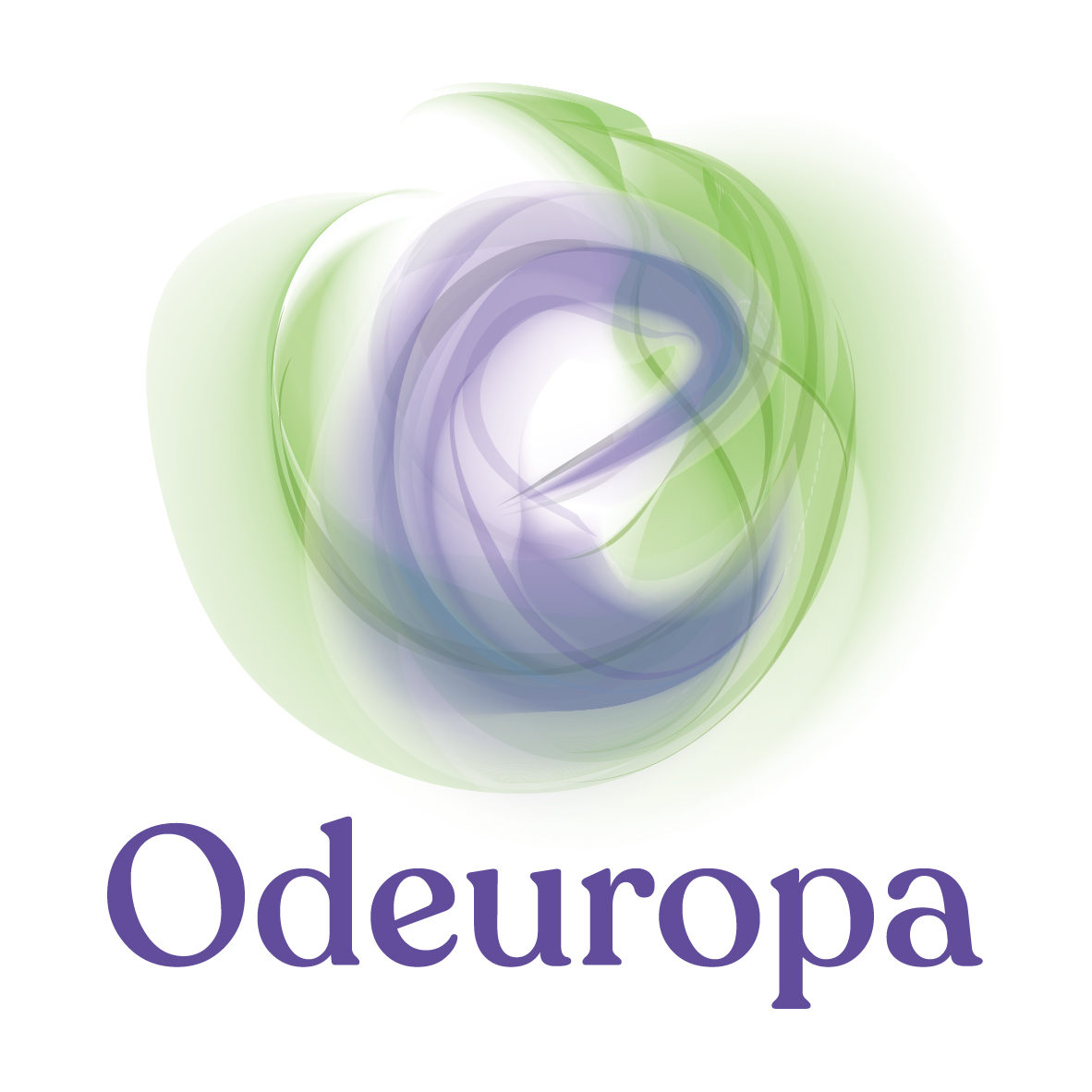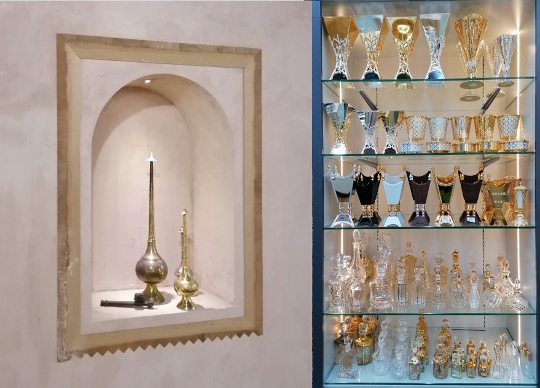
During the project’s first 1.5 years, Odeuropa collaborated with Museum Ulm on a guided smell tour where visitors could discover the museum’s art collection through their nose. The tour, Follow Your Nose: a Guided Tour with Smells, officially launched in April 2022 and continues to run. The Odeuropa project developed the smells in collaboration with Museum Ulm and the fragrance company IFF. By creating historically informed smell interpretations, all collaborators aimed to turn a museum visit into a multisensory experience, opening new opportunities to enjoy, learn and engage with the collection.
Below, we provide an update on the event’s progress and accomplishments. Additionally, we outline a few key outcomes from this event’s development.
Progress Update:
Follow Your Nose! had a tremendous local impact. Throughout its first year, Museum Ulm conducted a total of 64 guided tours with 1.022 participants. It was a popular activity for local school classes – 366 of those participants were children visiting the museum. The museum successfully trained their staff and tour guides to use three different olfactory distribution methods proposed by Odeuropa and they experimented with olfactory storytelling through eight artworks and eleven specially designed smells. On conducting the tours, Museum Ulm’s curator Dr. Eva Leistenschneider reflected, “doing these tours is really fun – the tours are always full of laughter and animated discussions.” The successful collaboration and positive visitor response highlighted the potential olfactory methods can have on GLAM (galleries, libraries, archives, museums) initiatives and the benefits of identifying and overcoming the challenges which come with olfactory storytelling.
The guided tour also had an international impact with many press outlets within Europe and the United States interested in the concept and development of the smell tours. To name a few, Follow Your Nose! was highlighted via radio on Inside Europe, via podcast on the American Historical Review’s History in Focus, via television on the BBC Travel Show and via print on the Augsburger Allgemeine.
Museum Ulm will close in April 2023 for renovations until 2025, however, they plan to integrate all the artworks which are part of the Follow Your Nose! tour into their temporary collection at Kunsthalle Weishaupt and resume regular smell guided tour visits in Winter 2023. Both Odeuropa and Museum Ulm are extremely excited about the event’s success. Although it is clear that there is still much to be learned and researched within the field of olfactory storytelling and museology, successful collaborations like these exemplify the incredible possibilities and opportunities which lie ahead for this ever growing field. Dr. Leistenschneider said of the overall collaboration between Museum Ulm, Odeuropa, and IFF, “[we] appreciate the huge success that these tours [have] with our public. We are really happy to have had the opportunity to work with you all on the concept and discover the wonderful world of scent in GLAMs! Thank you all for this experience, it has been a pleasure!”
Key Takeaways of Olfactory Event Design:
These tours, as well as the other Odeuropa olfactory events, are used as examples which help research how to improve the pathways for olfactory interpretation, event design, visitor experiences, and conservation. With the successful collaboration and development of this olfactory event with Museum Ulm, the Odeuropa team is able to further shape its knowledge in guided tour design, storytelling, and smell development. This process supports and informs one of Odeuropa’s main goals which is to map out best practices and challenges of bringing smell to GLAMs. Olfactory events like these also provide Odeuropa the opportunity to collect questionnaire data from visitors which provide concrete evidence of what value visitors place on such sense-ational GLAM experiences. All these findings will be organised into an easy, open-access resource for GLAM professionals called the Olfactory Storytelling Toolkit, to be launched at the end of 2023.
Using Olfactory storytelling techniques in GLAMs come with many challenges. At the beginning of the Odeuropa project, a workshop was organised together with Mediamatic, Working with scent in GLAMs – Best Practices and Challenges, which brought together a group of olfactory experts to early assess the challenges that this industry faces. Building on these findings, Odeuropa continued researching the best practices of olfactory storytelling in GLAMs with an aim to find solutions to the challenges. Particular findings from the Follow Your Nose! olfactory guided tour are explained below.

Flexible Olfactory Design
With this event, it became clear that flexible forms of olfactory design were necessary. Tour guides were trained to work with three different methods: Hand fans sprayed with scent to be wafted at larger groups (also met Covid-19 social-distancing rules), Whispis, which are a small device that puts out dry scented air, and blotters, which are a stiff paper that can be dipped in scent. It was important to Museum Ulm that the tour guides had options that suited different group sizes and age groups. After six months, the tour guides reported that all methods were effective and utilised in different situations. The ability to pick and choose these methods based on group size and the tour guide themselves was very important.

Smell management
A challenge that both Odeuropa and Museum Ulm did not foresee was the issue of smell management, or the process of preparing and storing smells on location. Museum Ulm advised that each distribution method required different management and storage. For example, with some distribution methods the chosen storage place was emitting odour meaning that it could bother someone’s working space. This could not be prevented even when placing the Whispis in airtight containers. Storage was not the only challenge. Museum Ulm reported that when an olfactory tour was conducted in the museum (no matter which distribution method) a smell trail lingered through parts of the museum after the tour. Concrete solutions to these challenges are still being researched.
Do not fear the malodour
One of the barriers of olfactory storytelling is using malodours or unpleasant smells. Past research has stipulated that malodours pose a higher risk to visitors because they can cause negative emotional responses and are more difficult to distribute. Through this event, we learned that malodours can help heritage institutes provide new perspectives to their collections, narrating new, unexpected, and seminal stories about Europe’s culture and history. To our surprise, most visitors to our olfactory tours had quite positive reactions to the malodours, and they were interested to engage with more. Leistenschneider said of her own engagement with visitors and malodours, “in all the tours I conducted myself, I had only one participant telling me (after the tour) that they had preferred a tour without malodours. Everybody else was unanimous that a mixture of pleasant and foul scents made the tour more entertaining and interesting.” As is advised with any olfactory project, Museum Ulm conducted numerous test tours with various audiences before the launch to anticipate the impact of different smells in such situations.
To find out more about Museum Ulm and how to book a guided tour, visit their website at https://museumulm.de/en/news/follow-your-nose/.

